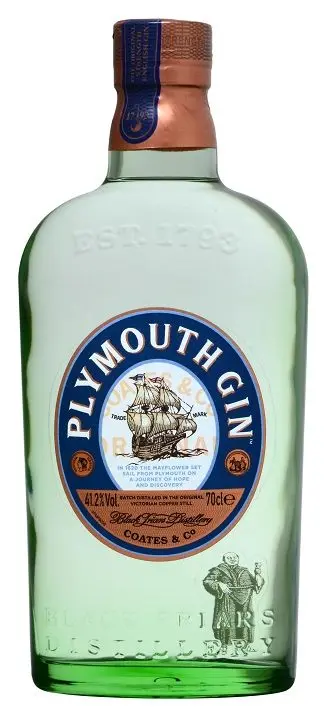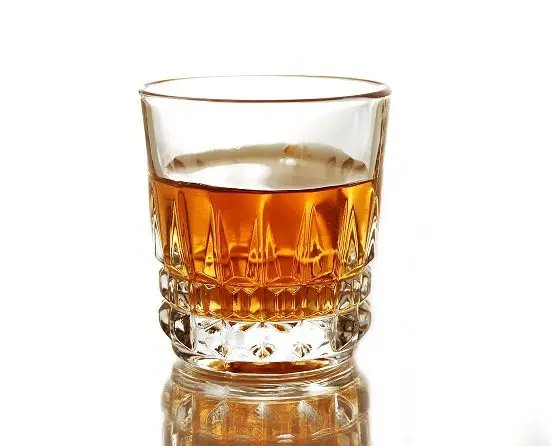The assortment of juniper vodka is not very diverse, there are only two main types of gin in the world: Dutch and dry (English). We will talk about the characteristic features, differences and strength of these species further.
Depending on the production technology, all English gins are of the following types:
London Dry Gin (dry London gin) – obtained by distillation, does not contain sugar. It is considered a top quality drink. Despite the name, it is produced in many countries, not only in London. Its strength ranges from 40 to 47 degrees. In addition to juniper, other additives can be used: coriander, violet root, citrus fruits or lemon zest.

Plymouth Gin (Plymouth gin) – produced in the English city of Plymouth, Devonshire. This type of drink is protected by copyright. Only Plymouth Gins are allowed to use the name “Plymouth Gin” on their labels. In terms of production technology, quality and strength, it practically does not differ from the first (London) type.

Yellow gin (yellow gin) – amber color with a strength of 39-45 degrees, which is infused in oak sherry casks during the production process. Many experts do not even classify this species as a traditional gin; it is very rare on sale.

All English gins are primarily intended for cocktails, although there are connoisseurs who drink them neat.
Dutch gin (jenever) differs from English in a pronounced grain smell and production technology. Juniper berries are first mixed with grain must, fermented, then distilled. Next, the finished gin is diluted with water, juniper is added again and distilled again. The strength of the finished drink is 35 degrees.
Almost all Dutch gins have a golden color obtained by aging in oak barrels and adding caramel. Due to the relatively low strength (35-40 degrees), this gin is easier and more pleasant to drink than English, but its quality is usually somewhat lower.

The most famous brands of gin are Beefeater Gin, Bombay Sapphire, Greenall’s, Gordon’s Gin and Finsbury.









